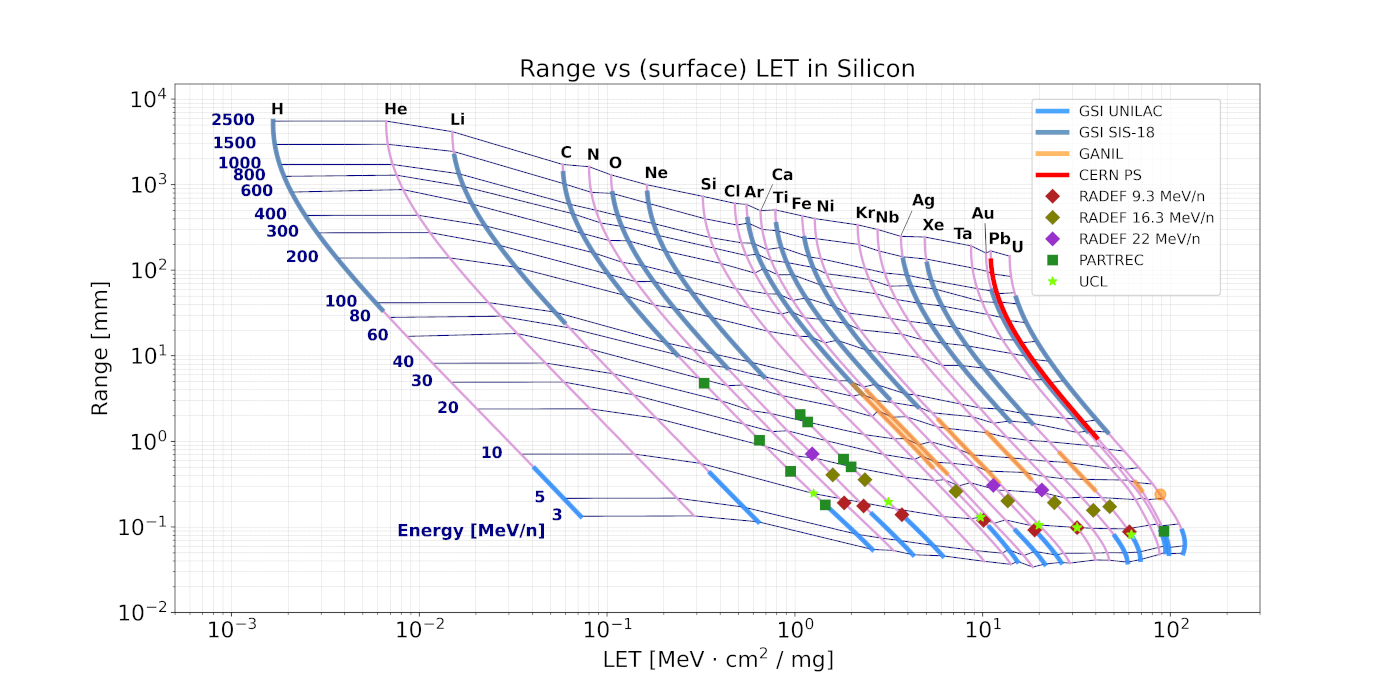testing capacity.
Recent geopolitical developments have highlighted the urgency of increasing the effort on reducing European technological dependencies. For space applications, space technology non-dependence means free, unrestricted access to any technology required to implement Europe’s space missions, as well as free export restrictions.
The only one facility worldwide is currently offering routine access to high-energy heavy ion beams for space applications is the NASA Space Radiation Laboratory (NSRL) in the United States. New projects are being promoted in the United States and Russia.
In comparison, the European space industry does not have the means to test advanced electronics components within the European borders. Current facilities are becoming less and less suited, while the offer for high-energy heavy ion beams remains very scarce and not tailored to welcome industrial users on a regular basis.


